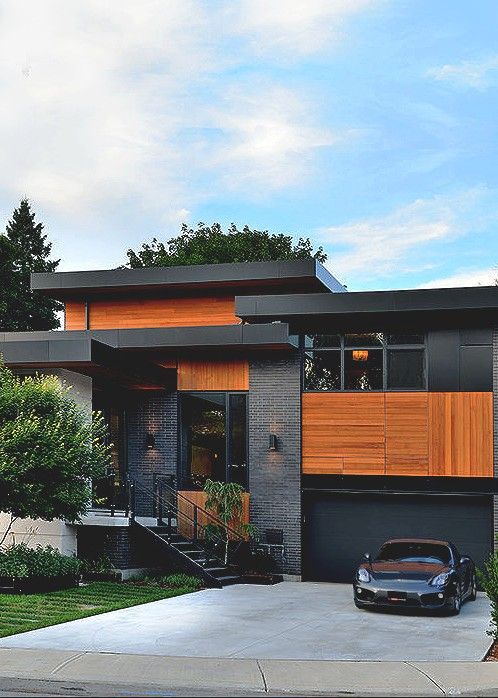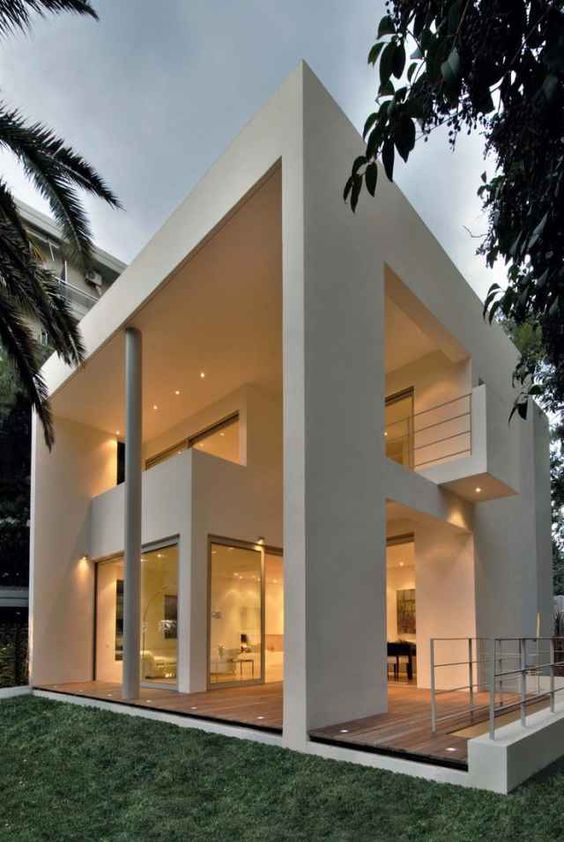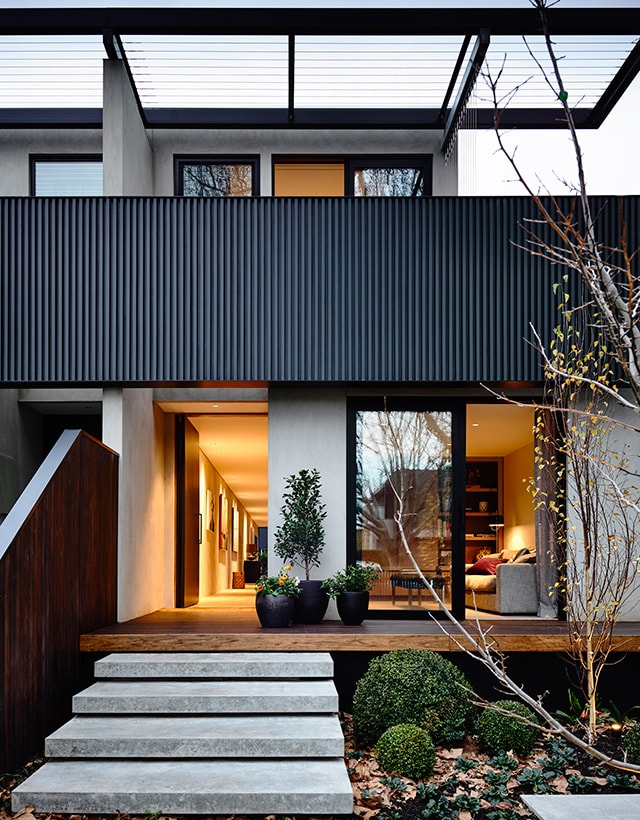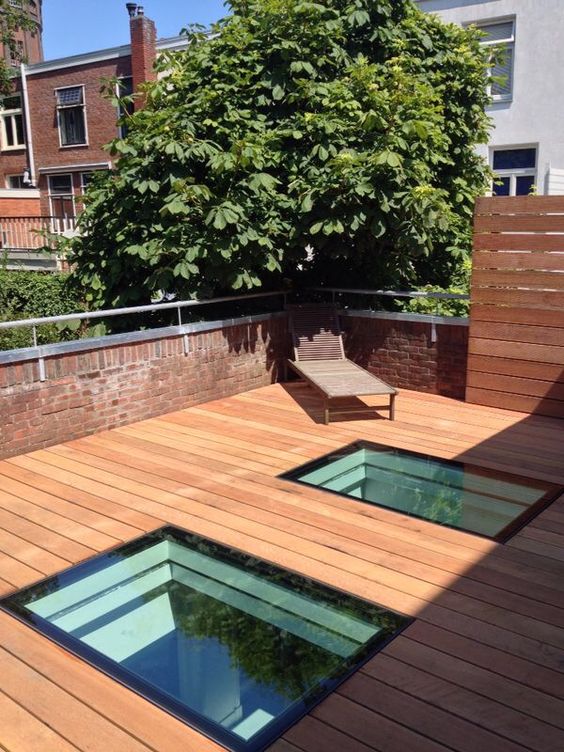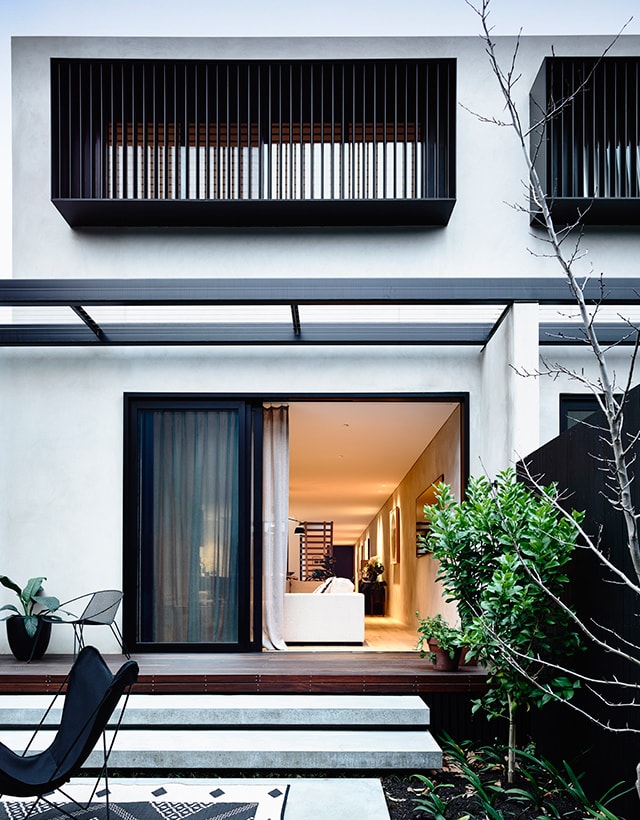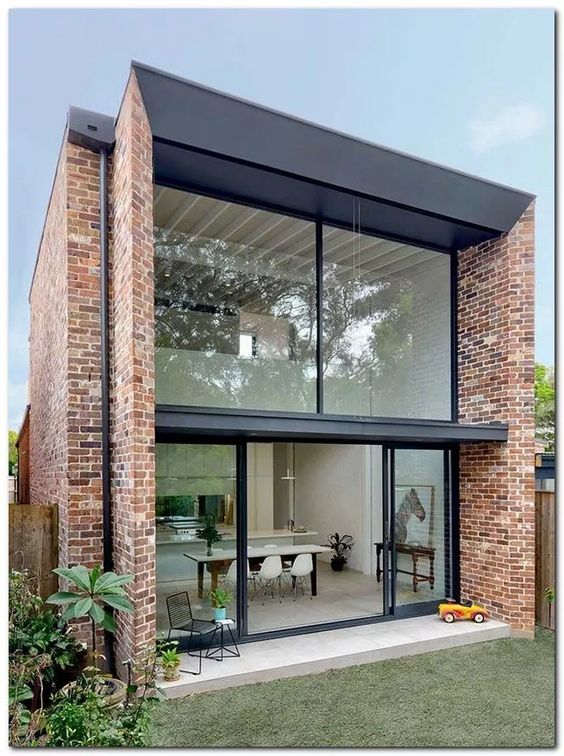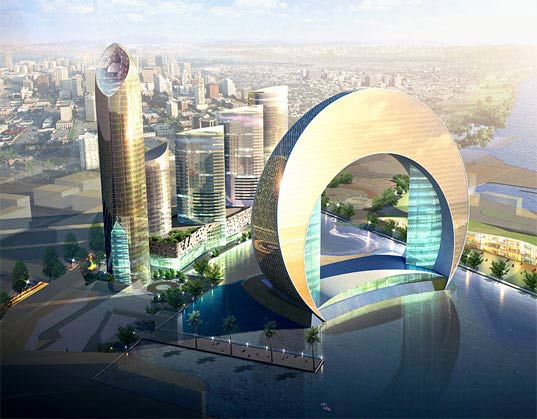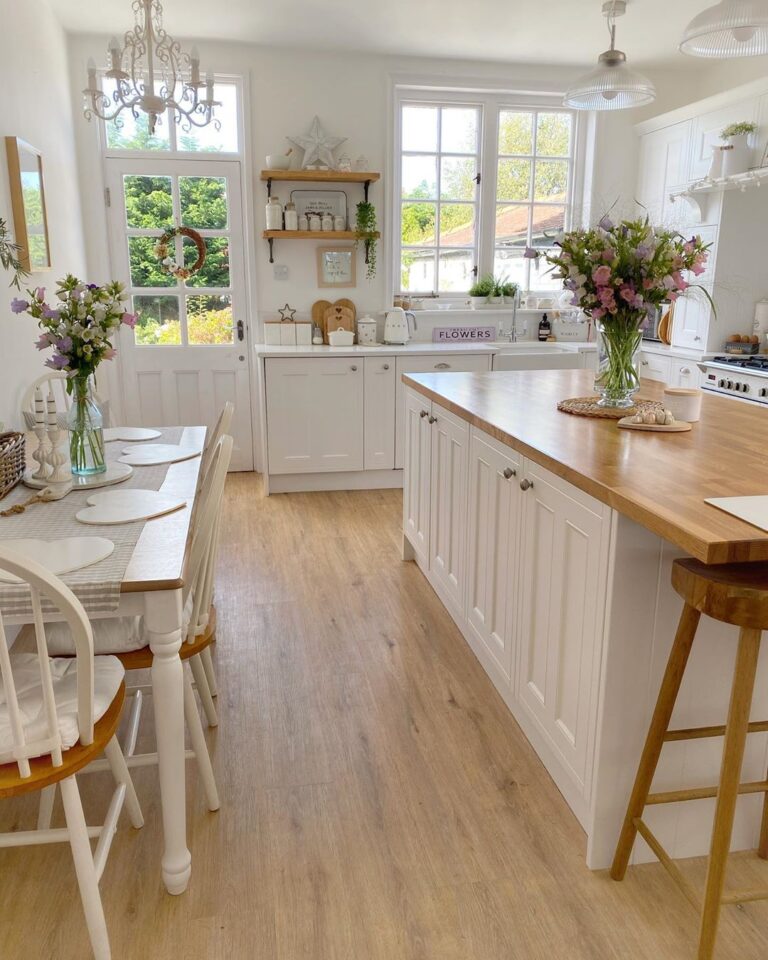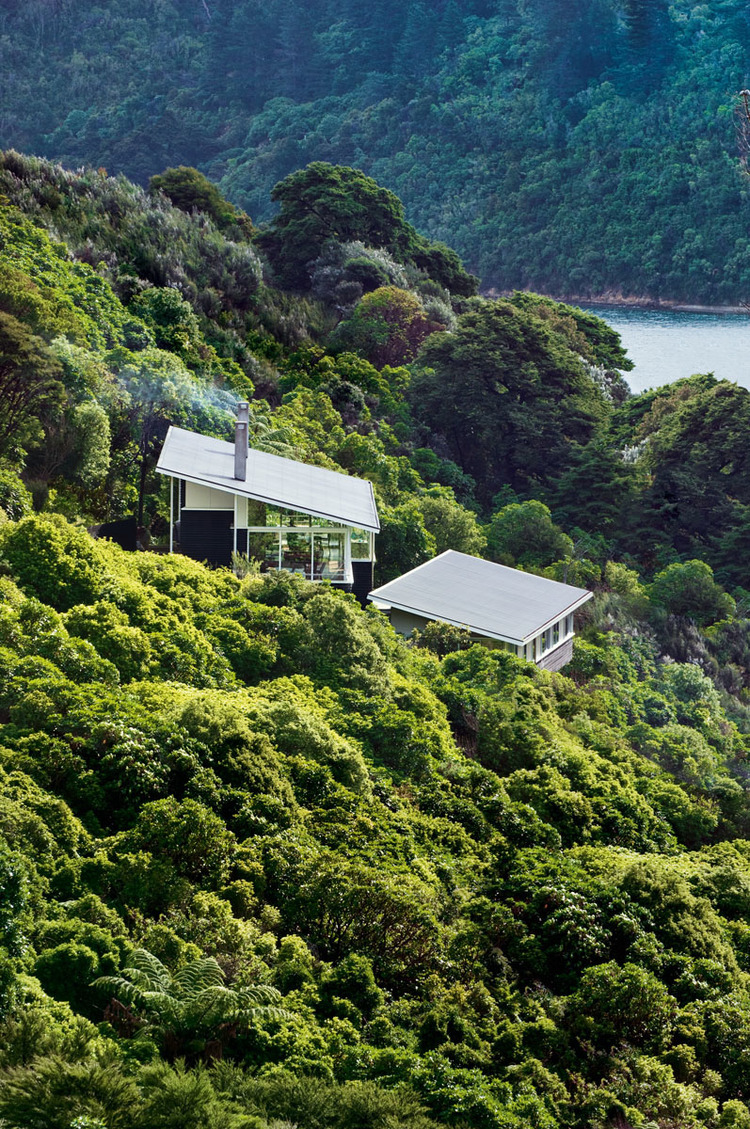5 Things You Should Know About Installing a Flat Roof
Thinking of installing a flat roof? There are immense advantages that come with this roofing system. For instance, the installation and maintenance costs of flat roofs are delightfully affordable. This type of roofing is mainly installed in large residential buildings, offices, and apartments. Just like sloped rooftops, flat roofs come with their fair share of challenges and needs. Check out these flat roof options and make an informed decision concerning your preferred roofing option.
Here are 5 things to know about installing a flat roof:
- They have a slope
Contrary to popular belief, flat roofs are designed to have a small slope. This low-gradient slope could be 0.25 inches per foot – hardly noticeable by the naked eye. This minimal pitch allows rainwater to fall down your roof and enhances drainage. If flat roofs were designed to be completely flat, rainwater would accumulate on the rooftop forming puddles. Consequently, the additional weight could lead to compression of the lower layers of your roof and jeopardize its structural integrity.
- Flat roofs are easy to revamp
You can effortlessly refurbish a flat roof without necessarily having to reinstall the entire thing. Good quality roofs are usually long-lasting. But when they get too old, they may start to display visible signs of wear-and-tear. Some of these include cracking, flaking, blistering, thinning, pulling and slicing. You can improve the longevity of your roof by installing flat roof coatings that are cheaper than normal roof replacements.
- There are diverse types of flat roofs
Flat roofs are constructed using varying materials, making each roof unique. Some of the popular materials used to construct flat roofs include thermoplastic PVC, Bitumen, EPDM rubber, and asphalt. These roofing material vary in price. The EPDM rubber, for instance, costs around $1.50 per square foot while PVC costs $1.90 per square foot. Rolled asphalt and modified bitumen roofs are the most expensive of the lot. But compared with conventional sloped roofs, materials used to construct flat roofs cost far less. This fact has endeared flat roofs to many homebuilders around the globe.
- You can easily utilize the space created by flat roofs
When you install flat roofing on your premises, you’re able to use up the space on your rooftop. One exquisite idea is to install solar panels that are naturally less noticeable and out of reach. You could also place your air conditioning units upon the flat rooftop. If you’re feeling more creative, you could design a gorgeous living rooftop or a pristine garden – the possibilities are endless! The customizable space created by flat roofing scheme is one of its greatest perks.
- Flat roofs require a decent drainage system
You’ll need to install gutters around the edge of your roof to guide water downwards. These gutters should also be linked to downspouts. Part of your drainage system should consists of drainage outlets (or scuppers) around the perimeter. These scuppers act as water exit points. Drain pipes could also be connected at the center of the roof field to allow rainwater to run down the building.


